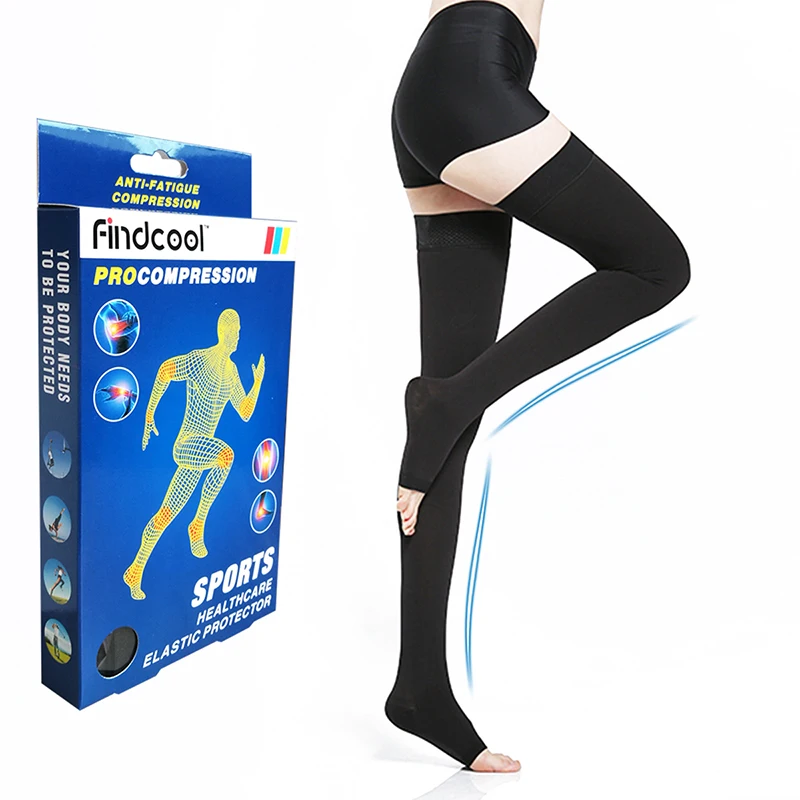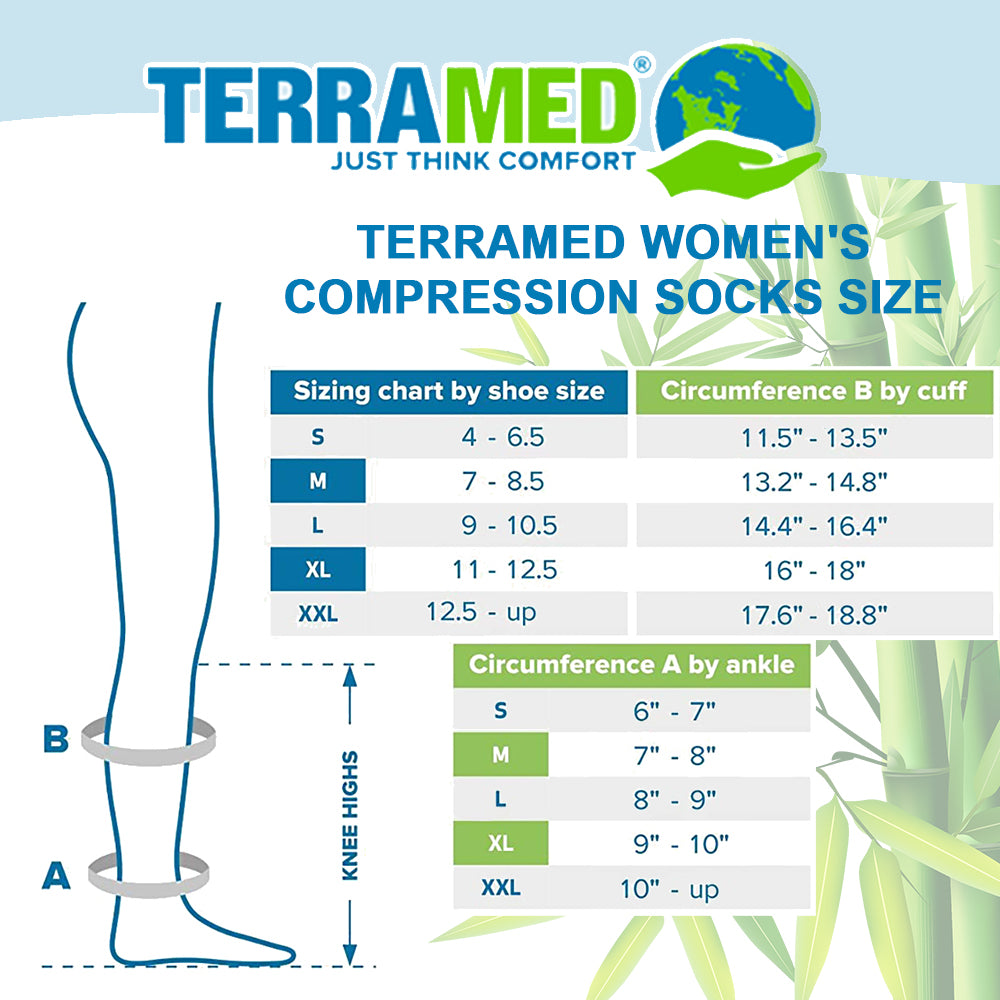

They are trickier to pull on and also harder to get off around the ankle and foot afterwards, given the lower leg is where the compression is greatest.Ĭompression leggings and tights are certainly not a one stop cure for all … it is always recommended that your physician is consulted to make sure you have the right fit and the right compression product to suit your needs. They are also not like any other leggings or tights you may have worn so they cannot be put on like your other leggings or tights. The sizing for compression is not in line with regular clothing or standard activewear.įor more info, check out our guide to sizing our sizing guideĪs you can appreciate the compression is medical grade and very firm and they take some getting used to. The size you choose should be based on your weight and height, not on your sizing for typical sportswear measurements. Often when people first try compression leggings on they first notice how firm they are and you need to make sure that the fit is right to get the benefits of the compression. Pregnant mothers are also finding the benefits of compression stockings and are starting to wear 20-30 mmHg to alleviate heaviness, swelling and aching in their legs. The 20-30 mmHg level of compression is great for managing swelling in your legs, spider veins, varicose veins, swelling caused by travel, sports and after certain surgeries. It’s the most widely used medical grade because it provides competent compression to your legs without being too strong. The 20-30 mmHg level of compression is the first of the medical grade compression levels . Most compression socks are at this level. When purchasing compression gear it is important to determine how much compression you need and make sure the compression garment is relevant to what your condition is.Ī low level of compression, such as 15-20 mmHg is a great choice for everyday compression to help with mild swelling and fatigued legs due to long periods of travel, sitting or standing. The unit of measurement is called “millimeters of mercury” which is a measurement of pressure.


What do the compression levels mean ?Ĭompression levels are indicated with a range of numbers like “20-30 mmHg”. This in turn helps to minimise muscle fatigue and soreness, help recovery and (potentially) improve performance. Graduated compression means that the compression in the ankles is firmer than the upper legs – the graduated compression massages the veins and muscles and pushes the blood towards the heart and lungs. But what does “compression” do and why should I buy it?Ĭompression has been used in the treatment of swelling conditions such as lymphedema, vascular issues, varicose veins and Postural orthostatic tachycardia syndrome (POTS) - a condition that affects circulation and blood flow.Ĭompression may help improve post-workout recovery by reducing DOMS (Delayed Onset Muscle Soreness ) - the soreness you sometimes feel in your legs a couple days after a tough workout and can be used to help reduce the risk of DVT (deep vein thrombosis)Ī true compression garment will have a graduated level of compression which helps improve the circulation of oxygen in the blood, support muscle movements and reduce vibrations. Compression shorts and tights have been worn by sprinters for years, and compression socks and leggings are increasingly popular amongst distance runners. South Georgia & South Sandwich Islands (GBP £)


 0 kommentar(er)
0 kommentar(er)
